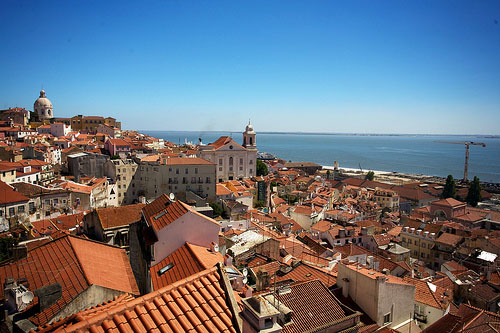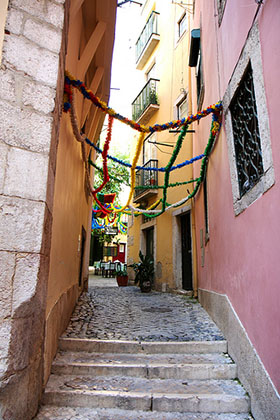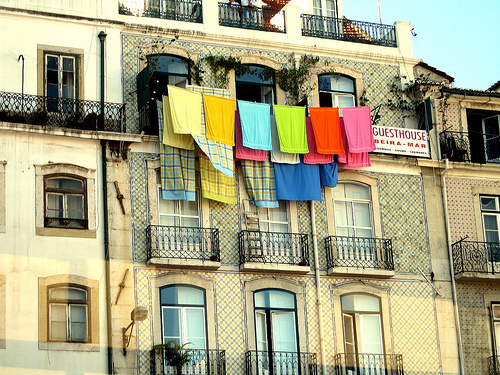A tourist can consider his journey successful if he has not only seen the key sights of a city or a country, but has also understood them, perceived their nature, and felt the history and meaning. If we transform this golden rule to the capital city of Portugal, Lisbon, the number one sight to visit will be Alfama.
Alfama is one of the oldest parts of Lisbon, dating back to the 15th century. It reflects the most traditional features of the country, the city’s history in a few centuries, and simply amazes with its uniqueness. It has deserved the status of the best walking area in Lisbon.

Although Alfama is around 500 years old, the main styles of the area represent the 16-18th centuries. Before the Crusades, Arab traders and fishermen were residing in Lisbon, sharing their culture and traditions with the locals. This is why the streets of Alfama are very narrow, very like a maze. They are built according to the Muslim traditions, where public spaces are not much focused on, the interior of the homes is much more important. The buildings are built so close to each other that there’s not even much difference if you’re outside or inside.
Another nation that has contributed to the district are the Jews. They went through considerable trouble during inquisition days, which were like hell thanks to Spain.
Alfama has not only survived against the currents of time, but the natural calamities as well. The horrible earthquake of 1755, when Lisbon was immensely destroyed, Alfama has remained in almost a perfect state.

The best way to start your walking tour in Alfama is from the top of the hill and not from the bottom, as you’ll get exhausted from a huge number of stairs and constantly walking up the hill. It’ll take only 2 hours, if you simply walk the streets and don’t enter a museum or a restaurant.
For many decades Alfama was considered as the district for the poor and sailors. This caused the increase of crime and noise. The area was ignored by many renovations of the city, due to which the buildings of, say, 18th century have preserved all their beauty. The rich gradually moved to the center of the city, and all that was left in Alfama was the tearing sound of Fado.
Fado is a type of traditional Portuguese music, which includes a sad song of a woman and a man playing a guitar. The theme of the songs are usually about a sailor that has left his beloved one and set for the seas. In general, any other sad topic could turn into a Fado song.

In this regard, the Fado museum and one of the impressive Fado restaurants in the district of Alfama are an absolute must for any tourist.
Other sights in Alfama include the monument commemorating the Jews of the city and the Museum of Decorative Arts, a 17th century mansion hosting the private collection of a banker Ricardo do Espírito Santo Silva.
Alfama is not a luxurious district or a shopping center but it is the only part of the city that expresses its history. You can still see laundry hanging out from the windows. You will hear Fado from the small bars called Tascas, restaurants, and, balconies. The older generation of the district will fill the streets to enjoy the warmth of the community, which is strongly noticeable in Alfama. In a word, you will visit Lisbon in different time periods and will get the most out of it.


